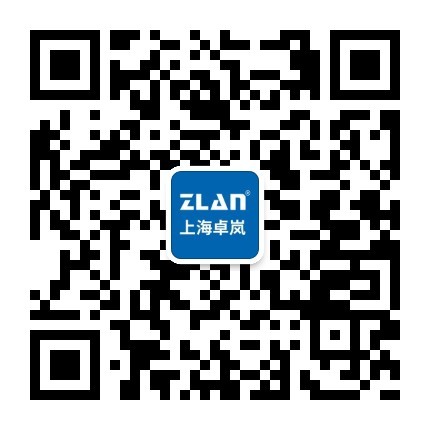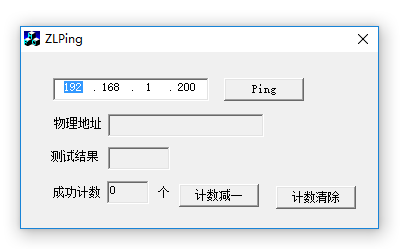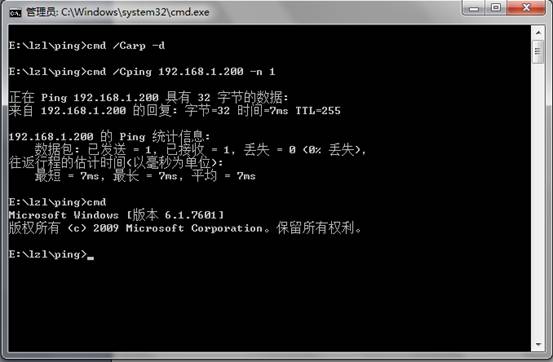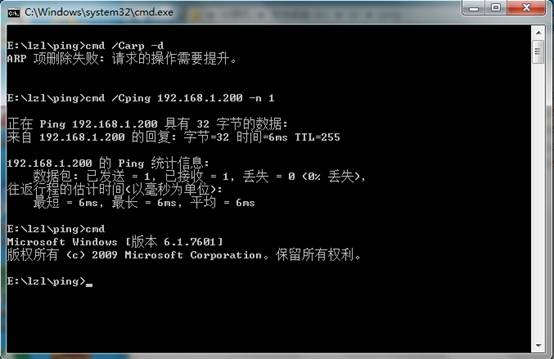- +86 13512168749
- oversea@zlmcu.com
- Buy Online


Products

 Single Serial Device Server
Single Serial Device Server

 Multi Serial Device Server
Multi Serial Device Server

 IoT Chip
IoT Chip

 P2P Networking Products
P2P Networking Products

 Serial Port Ethernet Core Module
Serial Port Ethernet Core Module

 Serial Port Ethernet Module
Serial Port Ethernet Module

 WIFI Products
WIFI Products

 2G/3G/4G Products
2G/3G/4G Products

 Zigbee/RF Products
Zigbee/RF Products

 Optical Fiber Products
Optical Fiber Products

 Modbus Gataway
Modbus Gataway

 Remote IO Controller
Remote IO Controller

 Interface Converter
Interface Converter








Embedded network card is the network card designed for embedded system networking, its function is similar to the computer network card, but also have many differences. The appearance of the embedded network card is shown in figure 1. The size is only 4 x 2 cm.
Compared with ordinary network CARDS, embedded network CARDS are designed according to the characteristics of embedded system, mainly including the following differences:
1). The interface between the embedded network card and the host is different. Ordinary card connect with computer motherboard in PCI way, because the embedded system of MCU (such as ARM, MIPS, 51 SCM) is not PCI as the main peripheral interface, and PCI interface is big. Therefore, the embedded network card adopts the serial port (i.e. UART, TTL level serial port) as the interface form, and MCU can send and receive data through the serial port as through the network card.
2). Embedded network card integrated TCP/IP protocol stack inside. The common computer network card only provides MAC and PHY functions. The computer is driven by the network card and combined with the TCP/IP protocol stack on the computer operating system to realize network communication. Due to the limited capacity of the embedded system itself, and a lot of embedded MCU program itself does not contain the TCP/IP protocol function, if the TCP/IP protocol stack is also integrated into the network card inside, then it is very good not only for the development of embedded system but also the MCU load.
The ZLSN2000 embedded network card of Shanghai ZLAN is very good to meet the above characteristics and can be used for embedded system to access Ethernet.
It is very common that computer network card can produce IP conflict, for instance two computers set to an IP address, can cause the phenomenon that cannot go online. In the case of embedded network card, if two embedded network CARDS are set to the same IP, then there will be no work. Note that IP conflicts occur only within a LAN, and if it is separated by a router, it can be set to the same IP.
But the IP conflict of embedded network card often appears a kind of "successive-type" IP conflict, and this "successive-type" IP conflict is not common in computer network card usage. So-called "successive-type" IP conflict it is the case: there are two sets of embedded devices, each embedded devices is equipped with embedded network card ZLSN2000, and each ZLSN2000 IP address is the same, respectively called the two sets of devices for A and B. The user first power-on the device A and access A to network then test, after A finish test, power-on B and access to network for testing, found that B cannot pass test. At this point, the "successive-type" IP conflict has been generated.
The reason for the "successive-type" IP conflict is that each Ethernet device, including the computer, saves the physical address of each other's IP address in the local cache. When the user computer/device communicate with A device and record the physical address of the IP, and when B device with the same IP as A device access into the network, the user's computer/device still use the cache memory of the old physical address to communicate with B, unable to communicate.
Method 1:wait 2 minutes. The physical address is cached for 2 minutes in a computer with Windows XP operating system. In other words, after the occurrence of "successive-type" IP conflicts, the communication with B device can be realized by simply waiting for 2 minutes. But the method of passive waiting is obviously inefficient.
Method 2:the ZLPing tool method. Especially in the case of testing embedded network card, it is necessary to test network device continuously and efficiently. To this end, ZLPing is developed by Shanghai ZLAN, so long as the physical address cache can be cleared by clicking the Ping button after each new module is connected to the network.

Click
In the IP address part of the ZLPing interface, fill in the IP address of the embedded network card, then click the Ping button, and the default is 192.168.1.200 IP. Click the Ping button for 3 functions: (1) get the physical address of the embedded network card. (2) do icmp echo (also known as ping) test for the embedded network card. If the test is passed, one will be added on “successful count”. (3) local physical address cache.
The (3) function of ZLPing is used to clear the physical address memory of the previous embedded network card. When the user is testing an embedded network card, click the Ping button whenever a new embedded network card is connected then can communicate with the new embedded network card. ZLPing facilitates the batch testing of embedded network CARDS/devices. However, this tool is only suitable for Shanghai ZLAN embedded network card.
In addition to ZLPing, the physical address cache can be cleared using the Windows native command arp-d. After you download

Under the operating system of Windows 7 and above, it is necessary to log on to Windows with an administrator, and then run the above ZLPing and Pingbat. Otherwise, it will not work. The execution effect of the non-administrator is as follows:

Please log in again on administrator mode to use pingbat or zlping. If you still have the problem of figure 3 on the administrator, carry out the program in "run as administrator". Right-click on the program and select "run as administrator".
Alternatively, you can modify the program properties directly, running the program as an administrator each time, select "run as administrator" in the property.
Method 3:for the firmware version of version 1.546 and above, can use the tool ZLAN
Method 4:please select ZLAN core module ZLSN2002 or ZLSN2003. They are more advanced than the ZLSN2000 core module and are automatically equipped with ARP cache cleanup capabilities. There is no ARP conflict.
